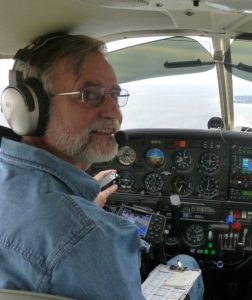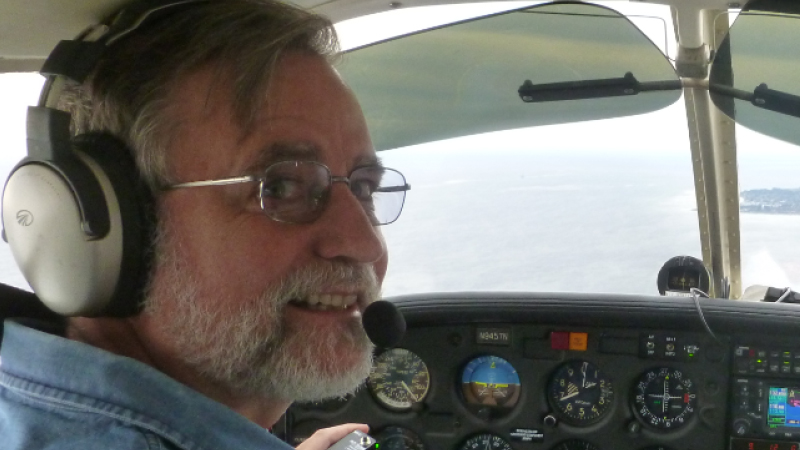
Dr. Mark Harrison, a member of the National Academy of Sciences, will present “A New Paradigm for Early Earth,” on March 9.
The University of Alabama’s department of geological sciences will host Harrison, who is a geochemistry professor in the department of earth, planetary and space science at the University of California at Los Angeles.
The lecture will recount his previous research, discuss his current work in investigating the near-surface conditions on early Earth, and explain why scientists created their own version of a “hellish” early Earth, without much evidence from the geologic record.
The lecture begins at 3:30 p.m. in the Alabama Institute for Manufacturing Excellence building, room 110. The event is free and open to the public, but space is limited.
“Harrison has been at the forefront of investigating early Earth for many years,” said Dr. Matthew Wielicki, an assistant professor in the department of geological sciences at UA and Harrison’s colleague. “He has been directly involved in changing the paradigm of early Earth from a hellish world, which was not conducive to the origin of life, to one that much more resembles what we have today.”
His study of ancient zircons grains, minerals that are made up of zirconium, oxygen and silicon, showed that plate tectonics may have begun to shift much earlier than originally anticipated. This, combined with areas of ice that melted, caused a world filled with water, which allowed life to prosper.
Harrison has also made waves in other areas of geological research, including developing new tools for future researchers and educators to use for their own work.
“He has developed and pioneered multiple approaches in thermo- and geo-chronology,” said Wielicki. “These techniques have been applied to further our understanding of early Earth as well as the origin and evolution of the Himalaya and the Tibetan Plateau, for example. He also helped to develop the nation’s first high sensitivity-high resolution ion microprobe, the CAMECA ims1270, which is still in use at UCLA.”
In 2011, Harrison was nominated to the National Academy of Sciences for his work in recreating the picture of early Earth. He has an active research program studying zircons as old as 4.4 billion years in order to study the first 500 million years of earth history, where there is currently no rock record available.
